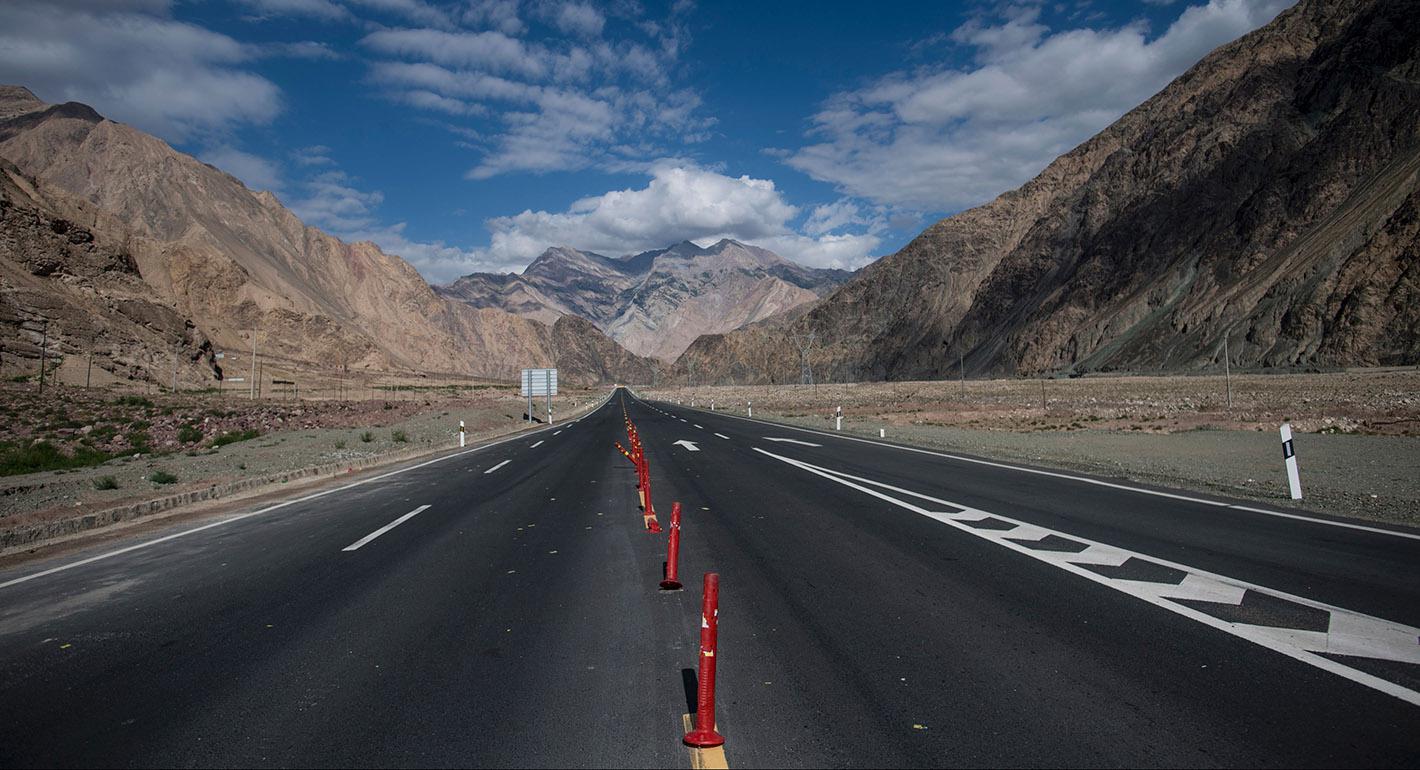THE ISSUE
The China-Pakistan Economic Corridor (CPEC), a flagship of China’s Belt and Road Initiative (BRI) that was off icially launched in April 2015, promised transformational gains. Five years later, a quarter of announced projects have been completed, energy projects dominate, and industrialization efforts are lagging, according to data collected by the CSIS Reconnecting Asia Project and made available to the public here.
KEY FINDINGS
Since the CPEC’s official announcement in 2015, Chinese and Pakistani officials have declared it a success. “Good progress has been made in building the China-Pakistan Economic Corridor,” Xi Jinping told Pakistan’s parliament during his visit in April 2015. (While the CPEC has a much longer history, and includes projects started earlier, Xi’s visit marked its formal announcement.) Three years later, a joint statement declared: “As a signature project of BRI, the fast development of the CPEC has played a significant role in the Belt and Road cooperation.” At last year’s Belt and Road Forum, Pakistani Prime Minister Imran Khan said: “The China-Pakistan Economic Corridor, one of the BRI’s major components—and one of its earliest manifestations—has made substantial progress.”
Using official targets, however, the CPEC has underperformed. “By 2020 . . . major bottlenecks to Pakistan’s economic and social development shall be basically addressed, and the CPEC shall start to boost the economic growth along it for both countries,” a joint planning document promised in 2017. By 2018, Pakistan was again facing unsustainable debt levels and sought assistance from China, Saudi Arabia, and the United Arab Emirates. In 2019, Pakistan received a bailout from the International Monetary Fund, and its economy mostly appeared to be moving in reverse: growth slowed to 3.3 percent, inflation hit a five-year high, and deficits soared. The CPEC is not responsible for all Pakistan’s troubles, of course, but it has exacerbated long-standing challenges.

 www.csis.org
www.csis.org
The China-Pakistan Economic Corridor (CPEC), a flagship of China’s Belt and Road Initiative (BRI) that was off icially launched in April 2015, promised transformational gains. Five years later, a quarter of announced projects have been completed, energy projects dominate, and industrialization efforts are lagging, according to data collected by the CSIS Reconnecting Asia Project and made available to the public here.
KEY FINDINGS
- Scaled-back Ambitions: Of 122 announced projects, a quarter (32 projects) have been completed, or roughly $20 billion of the estimated $87 billion in funding. While this is a significant amount of activity, particularly in the transport and energy sectors, it also highlights a gap between projects announced and completed.
- Energy Focus Carries Environmental Costs: Energy projects account for nearly two-thirds of CPEC funding, and nearly 40 percent of the planned generation capacity uses coal, despite ongoing concerns about the high public health costs of pollution in Pakistan.
- Stuck on the Value Chain: Despite promises to turn Pakistan into a higher-value manufacturing hub, the vast majority of special economic zones (SEZs) remain empty, and information and communication technology (ICT) projects have been limited.
Since the CPEC’s official announcement in 2015, Chinese and Pakistani officials have declared it a success. “Good progress has been made in building the China-Pakistan Economic Corridor,” Xi Jinping told Pakistan’s parliament during his visit in April 2015. (While the CPEC has a much longer history, and includes projects started earlier, Xi’s visit marked its formal announcement.) Three years later, a joint statement declared: “As a signature project of BRI, the fast development of the CPEC has played a significant role in the Belt and Road cooperation.” At last year’s Belt and Road Forum, Pakistani Prime Minister Imran Khan said: “The China-Pakistan Economic Corridor, one of the BRI’s major components—and one of its earliest manifestations—has made substantial progress.”
Using official targets, however, the CPEC has underperformed. “By 2020 . . . major bottlenecks to Pakistan’s economic and social development shall be basically addressed, and the CPEC shall start to boost the economic growth along it for both countries,” a joint planning document promised in 2017. By 2018, Pakistan was again facing unsustainable debt levels and sought assistance from China, Saudi Arabia, and the United Arab Emirates. In 2019, Pakistan received a bailout from the International Monetary Fund, and its economy mostly appeared to be moving in reverse: growth slowed to 3.3 percent, inflation hit a five-year high, and deficits soared. The CPEC is not responsible for all Pakistan’s troubles, of course, but it has exacerbated long-standing challenges.

The China-Pakistan Economic Corridor at Five
The China-Pakistan Economic Corridor (CPEC), a flagship of China’s Belt and Road Initiative (BRI), has struggled to deliver its promises, according to a new CSIS dataset.

